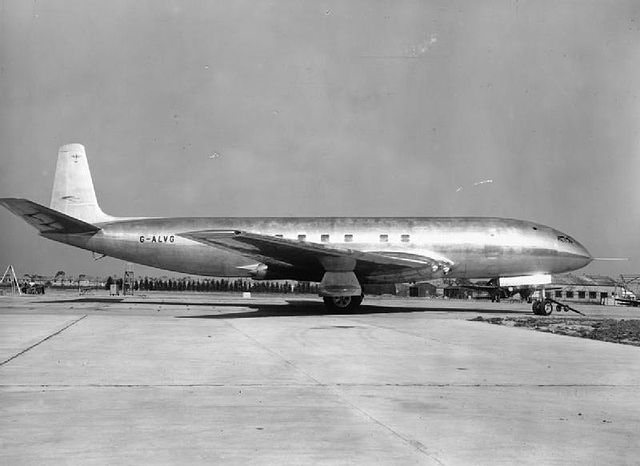A narrow-body aircraft or single-aisle aircraft is an airliner arranged along a single aisle, permitting up to 6-abreast seating in a cabin less than 4 metres (13 ft) in width.
In contrast, a wide-body aircraft is a larger airliner usually configured with multiple aisles and a fuselage diameter of more than 5 metres (16 ft), allowing at least seven-abreast seating and often more travel classes.
Four-abreast cross-section
Narrow-body Boeing 737-300 in front of a Boeing 777-300ER wide-body
Airbus A320 (foreground) and Boeing 737-900 (background), both narrow-bodies
Two-abreast Beech 1900
An airliner is a type of airplane for transporting passengers and air cargo. Such aircraft are most often operated by airlines. The modern and most common variant of the airliner is a long, tube shaped, and jet powered aircraft. The largest of them are wide-body jets which are also called twin-aisle because they generally have two separate aisles running from the front to the back of the passenger cabin. These are usually used for long-haul flights between airline hubs and major cities. A smaller, more common class of airliners is the narrow-body or single-aisle. These are generally used for short to medium-distance flights with fewer passengers than their wide-body counterparts.
A United Airlines Boeing 737 (foreground) and a Virgin America Airbus A320 (background), two of the world's most widely used airliners
Sikorsky Ilya Muromets
The Douglas DC-3 appeared in 1935
Prototype of the de Havilland Comet in 1949, the first jet airliner in the world








